Landslides
What is a Landslide?
Landslides are life-threatening hazards in many parts of the world including Hong Kong (HK). Extreme rainfall events have recently resulted in a notable increase in the number, volume and runout distance of landslides worldwide. Records from the HK Observatory show that the maximum hourly rainfall has increased substantially over the past few decades. An unexpected rainstorm in May 2008 bombarded Lantau Island and resulted in 2,400 landslides. In August 2009, Typhoon Morakot caused landslides in Taiwan claiming more than 600 lives.
Types of Landslides *
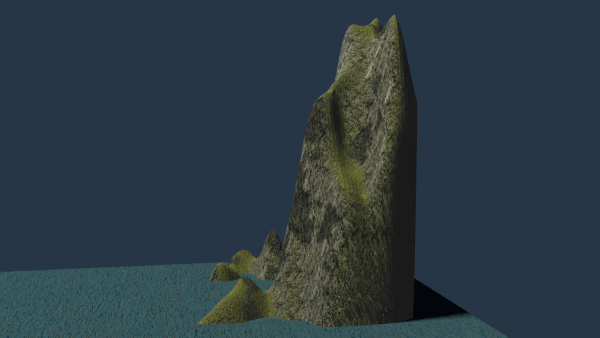
Topple |
|
| Key Features: | Detach from the source due to bending force exerted followed by forward rotation and overturning |
| Trigger Mechanisms: | Bending force/moment, loss in rotational stability at the base, increase in water pressure in tension crack |
| Velocity: | Extremely rapid |
| Subdivision: |
Based on constituent material Block: Loss in rotational stability at the base, water pressure in tension crack, yielding of weak foundation and/or earthquake acceleration Flexural: No well-defined basal joints, rotation must be facilitated by bending, slow and ductile process, tends to self-stabilization |
| Click to view a real event | |
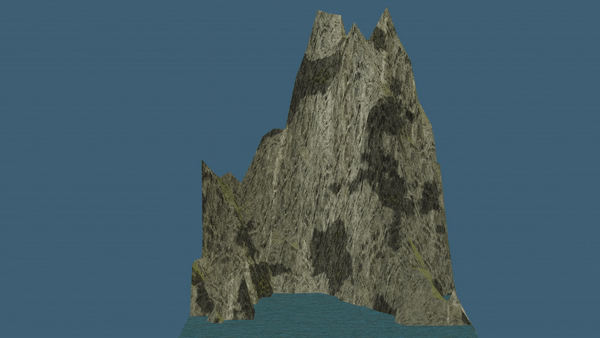
Fall |
|
| Key Features: | Detachment from the source and strike to ground surface as independent rigid bodies under free fall |
| Trigger Mechanisms: | Detachment and free fall |
| Velocity: | Rapid to extremely rapid |
| Subdivision: |
Based on constituent material |
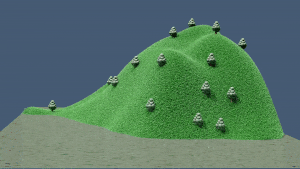
Slides |
|
| Key Features: | Prominent scrap, shear band at failure plane, back-tilted bench at head and intact failure mass |
| Trigger Mechanisms: | Shear failure, may fail in tension |
| Velocity: | Wide range depending upon the constituent material and underlying failure mechanism |
| Subdivision: |
Based on underlying failure mechanism and constituent material Rotational: Spoon-like, cylindrical or other rotational rupture surface Planar: Plane rupture surface, generally joint or bedding planes Wedge: Two rupture surface intersecting each other forming wedge Irregular: Irregular rupture surface with randomly oriented joints Compound: Consists of numerous failure planes |
| Click to view a real event | |
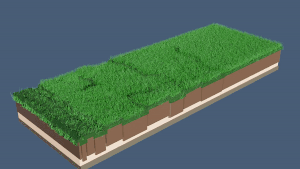
Spreading |
|
| Key Features: | Stretching of land mass horizontally |
| Trigger Mechanisms: | Deformation of underlying material |
| Velocity: | Rock (slow), liquefaction (extremely rapid) |
| Subdivision: | Constituent material characteristics |
| Click to view a real event | |
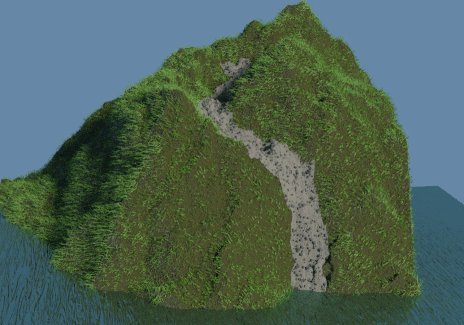
Flow like Landslides |
|
| Key Features: | High mobility with fluid like behaviors |
| Trigger Mechanisms: | Presence of steep slope, degraded materials |
| Velocity: | Rapid to extremely rapid |
| Subdivision: |
Flow characteristics and constituent materials Avalanche: non-channelized flow (very rapid to extremely rapid) Flow: channelized flow with entrainment (rapid to extremely rapid surging flow) Flowslide: focused on initiation (very rapid to extremely rapid) Flood: high water/solid ratio compared to flow (very rapid) |
| Click to view a real event | |
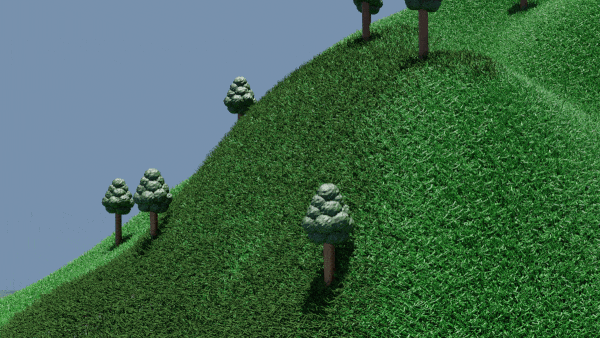
Slope Deformation |
|
| Key Features: |
Climatic volume change or gravity |
| Trigger Mechanisms: | Extremely slow or unmeasurable movement rates to very slow |
| Velocity: | Rapid to extremely rapid |
| Subdivision: |
Slope Deformation: Deep seated Creep: Surficial soil layers move, resulting from change in climatic conditions. Solifluction: freezing and thrawing of surficial soil overlying impervious layer, forms solifluction lobes |
| Click to view a real event | |
*Modified from “The Varnes Classification of landslide types, an update” Hungr et al. (2014)












